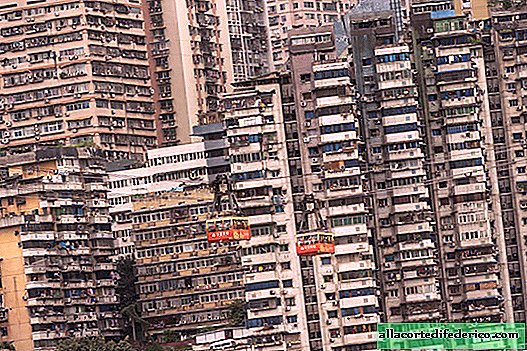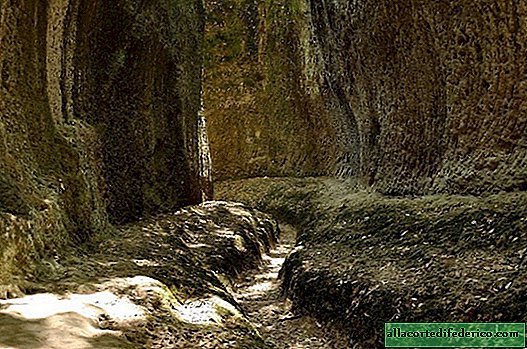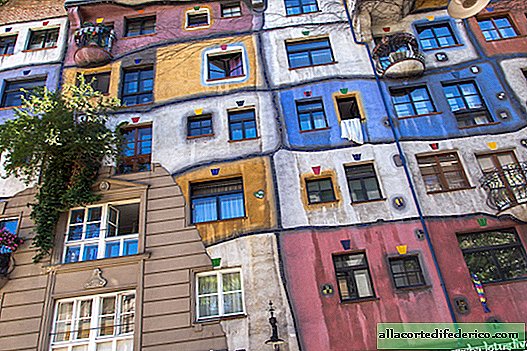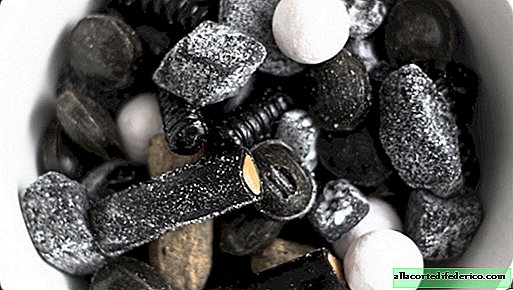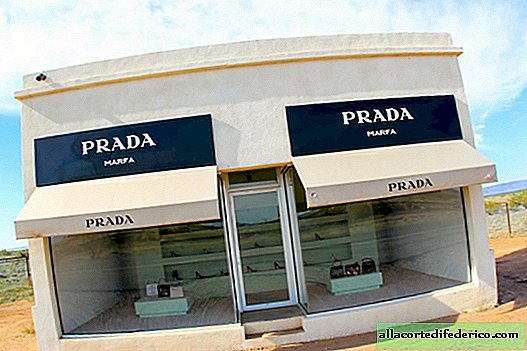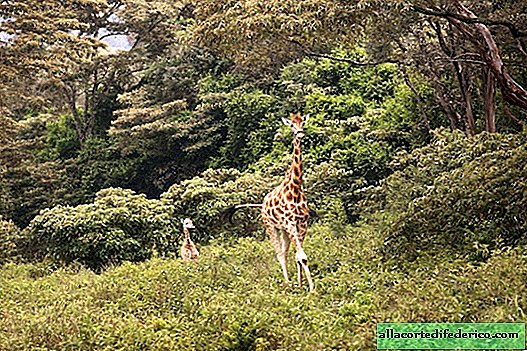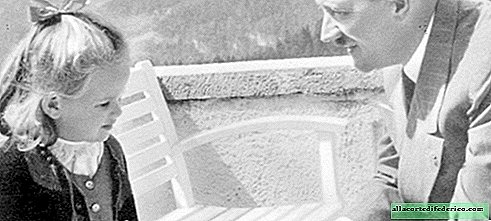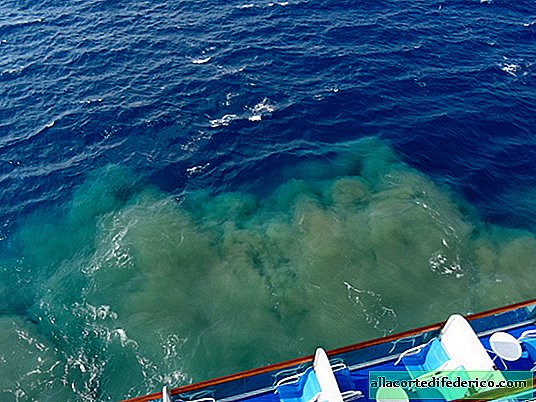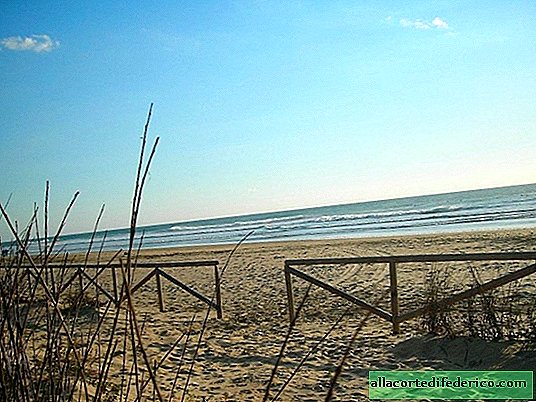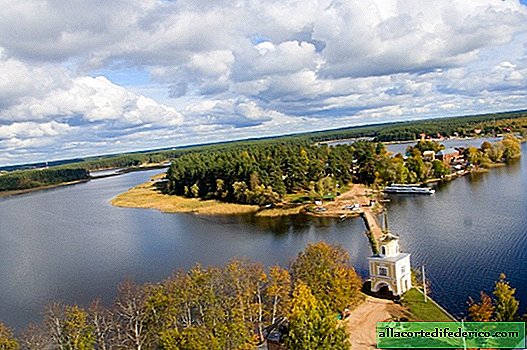Magadan from above: a harsh city by the sea
Magadan is a port city located almost 7000 km from Moscow, on the shores of the bays of Nagaev and Gertner of the Sea of Okhotsk. Most Russians associate this place with the Gulag and the songs of Mikhail Krug. However, in addition to the camps, the Magadan region is famous for gold mining and fishing.
In 1929, in connection with the development of gold deposits, the construction of the village of Magadan began on the shore of the bay. The small town grew rapidly and after 10 years received urban status.
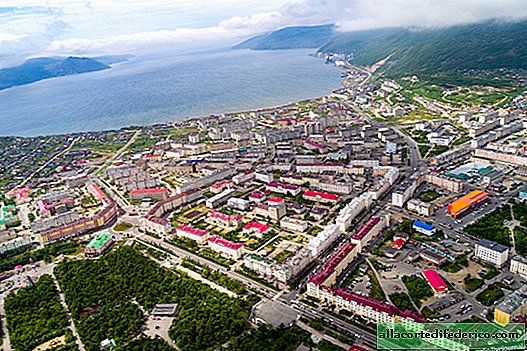
Magadan is known for its complicated history. In 1932, a northeastern forced labor camp was established here. His prisoners became the main labor force for the industrial development of Kolyma. They worked in mines, built factories, power plants and highways. Sevvostlag lasted until 1951.

Today Magadan is a logistics, industrial and cultural center of the region. Every year more and more tourists come here to get acquainted with the historical heritage of Kolyma and admire the reserved beauty of the northern expanses.

Cathedral Square is the main venue for city celebrations, concerts and social events.

Holy Trinity Cathedral - the largest Orthodox church in the Far East. Its height is 70 meters.

On the present Cathedral Square (previously it bore the name of Lenin), during the Soviet era, they began to build the House of Soviets, but in 1985 the nine-story project was abandoned. The remaining metal frame of the unfinished building became the basis of the supporting structures of the Holy Trinity Cathedral.

Lenin Avenue - the main street of the city. It crosses the whole city from south to north and is closed by hills. The avenue is planted with larch trees planted back in 1954.

The intersection of Lenin Avenue and Portovaya Street.

A house with a spire is considered one of the symbols of Magadan. It was built by Japanese prisoners of war in 1947 according to the project of the exiled architect Alexander Lepkovsky. In those days, this 22-apartment building 215 meters long was the largest in the city.

Due to poor transport accessibility, cars are almost never stolen in Magadan. They cannot be taken out of the city, since there are many police posts on the only road leading to the main part of Russia.

Locals jokingly call Lenin Avenue (formerly Kolyma Highway) the longest street in the world. On the city avenue from the TV tower, the counting of the Kolyma highway begins with a length of 2 thousand kilometers.

One of Magadan's business cards is a clock house. The residential five-story building of the Stalinist building in the 1940s was the largest and tallest building in Kolyma. The turret was added later - in the 50s, and the clock appeared in the 60s. Every hour they play a melody from the song "Kolyma Highway".

Komsomolskaya Square, in the center of which is an old television tower.

A television tower appeared on this site in June 1957, and all the necessary work was carried out surprisingly quickly. The teams of the Magadan factories made mast designs in two weeks, and installation took only one night.
For almost 10 years, banners were placed on the tower that annoyed many citizens. In 2016, the authorities decided to clear the historic center of advertising structures and removed the billboards from the TV tower.

The coast of Nagaev Bay.
Front beacon of the navigational alignment. Paired with a rear beacon located at a distance of 350 meters from the coastline, it indicates a safe direction for the movement of the vessel. When the navigator sees that the black strip on one tower coincides vertically with the same strip on the second, he can move to the shore at this rate.

The pier, preserved from the time of the Gulag - prisoners arrived here on ships from Vladivostok, Nakhodka and Vanino.

City Hall of Magadan.

The central square, now called Victory Square, during the Gulag was the first place where prisoners were brought from the pier. After they got to the transshipment point, from which the exiles were sent to the camps.

Hotel "VM-Central" is the largest hotel in Magadan.

A culture and leisure park opened in 1935 - even before Magadan received city status. At first it was only a slightly ennobled piece of taiga.

Despite the fact that the character of the film “The meeting place cannot be changed” called Magadan “the sunny city”, in fact the climate here is quite severe and unpredictable. Due to its proximity to the Sea of Okhotsk, Magadan almost always blows cold winds, which are periodically replaced by thick fogs. In summer, the temperature rarely rises above + 16 ° C. In winter, frosts up to −30 ° C are in the city.

Compared to megacities and large industrial centers, Magadan has fairly clean air. The city is surrounded by coniferous forests and is washed by the sea on both sides. In addition, there is not much transport, which significantly affects the environment.

Portovaya Street is one of the oldest in the city. It was laid in 1932 as a continuation of the Kolyma Highway towards Nagaev Bay. Soon there they built the first pier of the seaport, which gave the name to the street. To the left of it is the Morgorodok microdistrict, to the right is Nagaevo.

The sculptural composition "Time" in the form of a life-size mammoth is the main attraction of the Marine Square on the shore of Nagaev Bay.
The image of an extinct animal is assembled from metal parts of various mechanisms - according to the plan of the sculptor Yuri Rudenko, this should symbolize the connection of times. Rusting from the sea breeze, the sculpture becomes reddish-brown, like mammoth hair, and the special elements installed inside produce a sound that resembles the roar of an animal when the wind blows.

View of the streets of Polyarnaya, Bilibin and the Commune, named after the first youth hostel in Magadan - the Komsomol household commune. At the beginning of 1933, it was inaugurated in one of twenty two-story prefabricated panel houses, which were taken to the Nagaev Bay by unassembled steamers.

Magadan Sea Fishing Port. The part of the Sea of Okhotsk adjacent to the Magadan coast is considered the most fishing spot in the entire Far East. Herring, cod, halibut, crabs and northern shrimps are actively mined here.

The wreck of the Neva. This repair floating base crashed in the fishing port in 1999, but it still cannot be lifted and disposed of, despite the relevant court decision.


